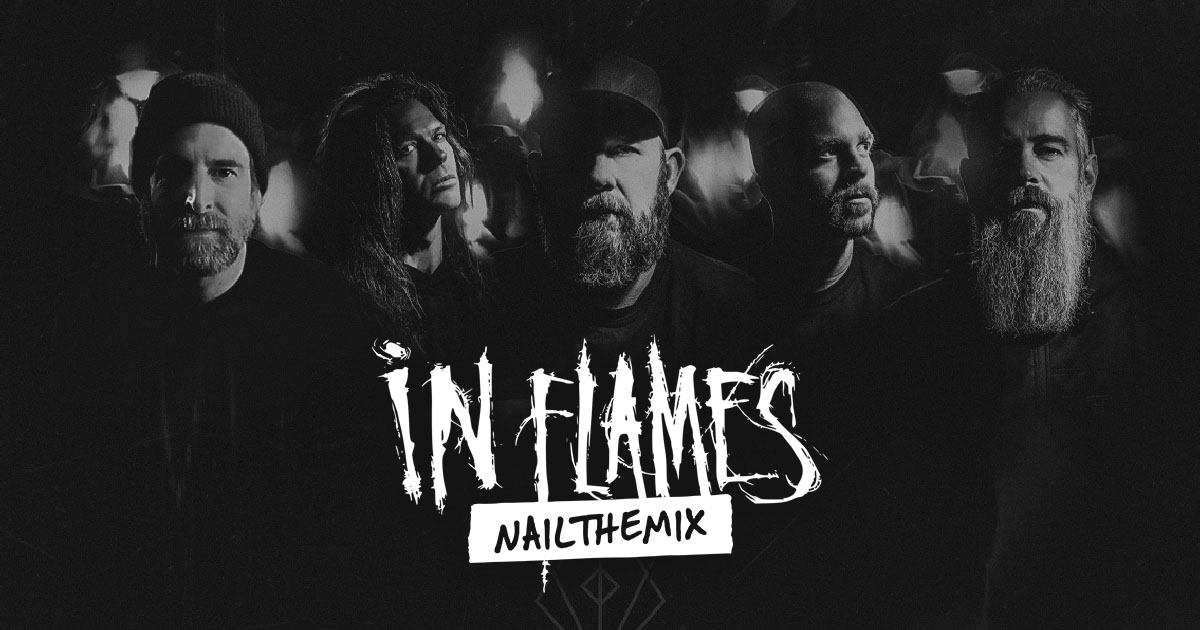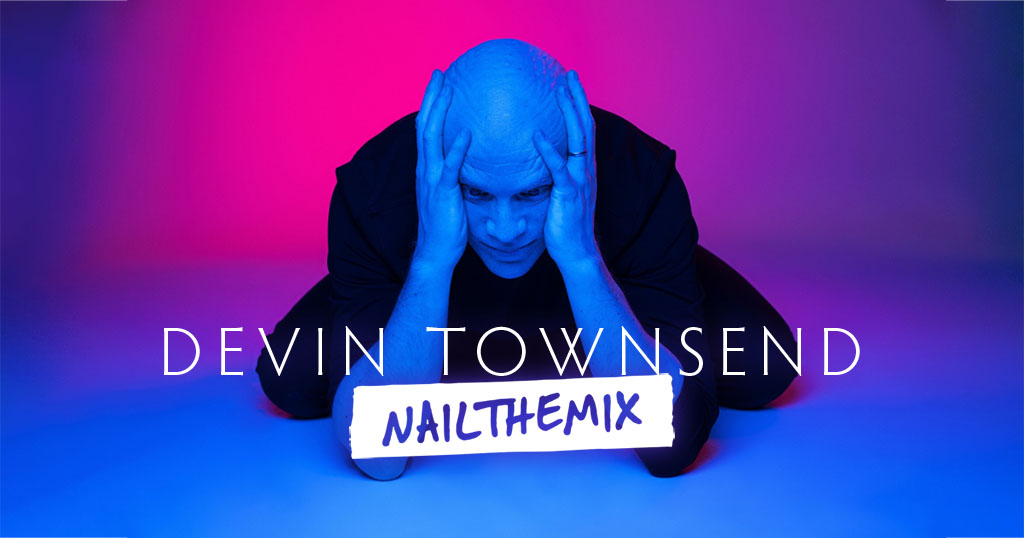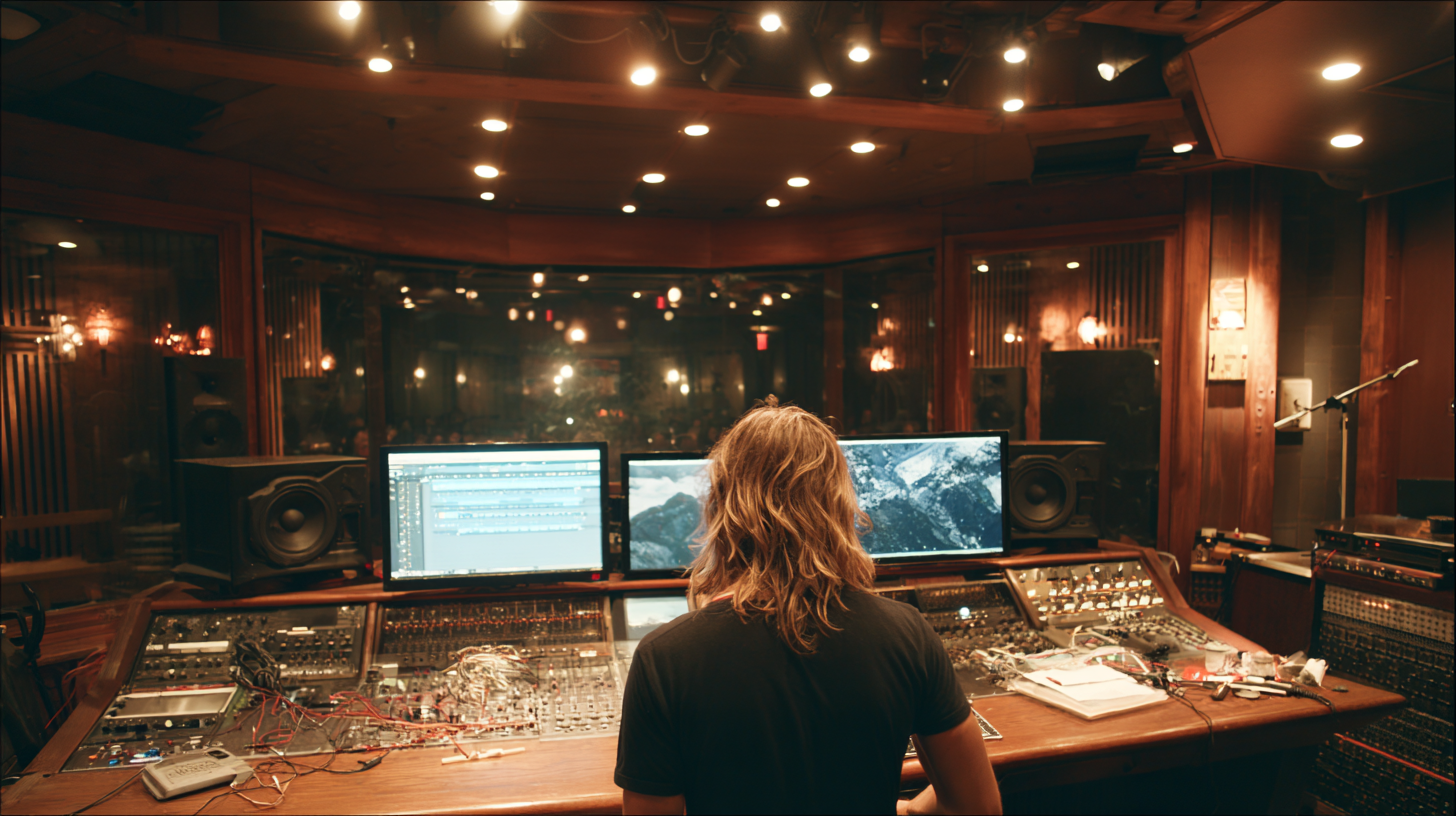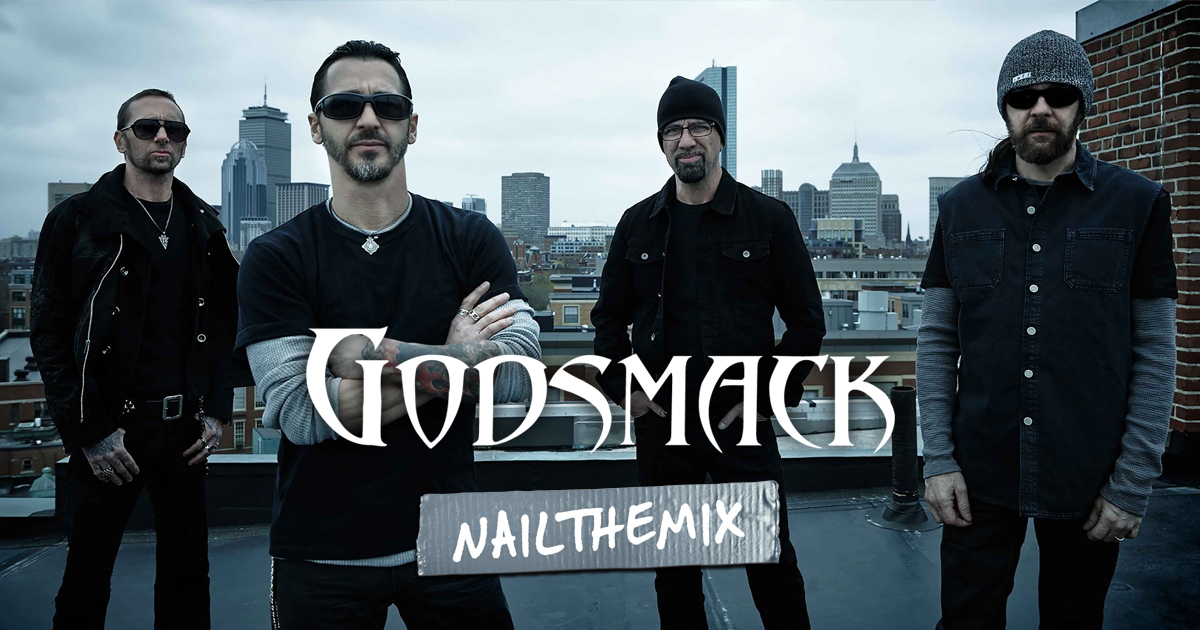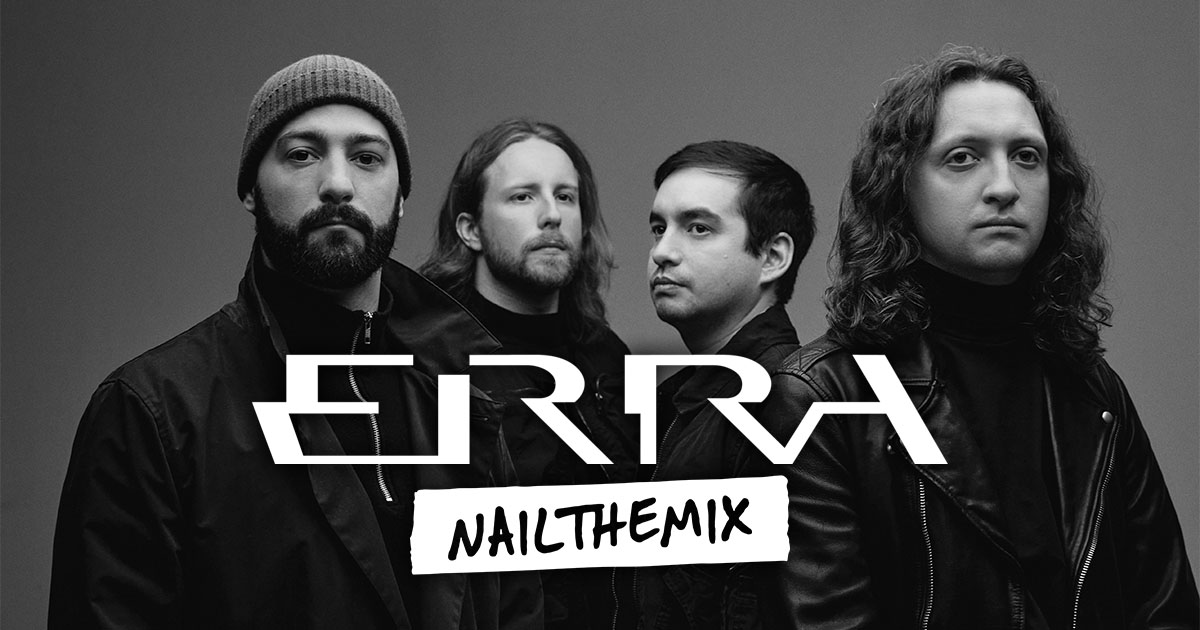
Crushing Erra Rhythm Guitar Tones with Carson Slovak
Nail The Mix Staff
Let’s be honest, Erra’s guitar tones are the definition of modern metal perfection. They’re tight, aggressive, articulate, and sit perfectly in a dense mix. If you’ve ever found yourself cranking their tracks and wondering how they get that razor-sharp sound, you’re not alone.
The good news? It’s not some unobtainable magic that requires a million-dollar studio. In a clip from his Nail The Mix session, producer Carson Slovak broke down the exact formula he used to shape Erra’s rhythm guitars. It’s a masterclass in modern in-the-box production, blending killer amp sims and a surgical but straightforward bus processing chain. Let’s dive into how he did it.
The Core Tone: Blending Amp Sims for a Unique Voice
The foundation of Erra’s guitar sound on this record wasn’t a single amp, but a powerful combination of two different amp sim presets. This approach allows you to take the best characteristics of two distinct tones and create a unique, fuller sound that’s greater than the sum of its parts.
The Amp Sim Combo
The platform of choice here was STL Tones Tonehub. Carson crafted the final rhythm tone by balancing two killer profiles together:
- A Custom Diezel Herbert Profile: This first sound is a custom preset Carson and Grant McFarland created themselves. In a classic producer move, they bought a Diezel Herbert from Guitar Center, profiled the hell out of it to capture its essence, and returned it the next day. The result is a unique, aggressive tone you can’t get anywhere else.
- A Diezel VH4 Profile: The second half of the blend comes from a Diezel VH4 profile from another one of STL’s packs. The VH4 is legendary for its tight, percussive, and high-gain character, making it the perfect complement to the Herbert.
By blending these two Diezel flavors, Carson established a core tone that was already 90% of the way there—full of aggression and clarity before any other processing was even touched.
The Secret Weapon: Pre-Amp Signal Boosting
Before the DI signals even hit the amp sims, they get a crucial bit of pre-processing. This is a step many producers overlook, but it’s key to achieving that modern, tight, and aggressive attack.
Adding Mid-Range Grind
Carson runs the DIs through the Fortin Nameless Suite plugin from Neural DSP. He bypasses the amp and cab sections, using only the built-in Grind pedal emulation. This pedal is modeled after the iconic Fortin 33 booster, a staple for modern metal guitarists.
The purpose is to slam the front end of the amp sims with a clean but aggressive boost, tightening up the low end and pushing the mids forward. This “aggressive mid rangey thing,” as Carson calls it, helps the guitars cut through the mix and ensures every palm-muted chug is felt as much as it is heard.
Polishing the Tone: The Guitar Bus Chain
With a killer source tone dialed in, the bus processing isn’t about fixing problems. It’s about polishing an already great sound and helping it sit perfectly in the mix. Carson’s chain is a perfect example of how a few subtle plugins, each doing a small job, can have a huge cumulative effect.
It’s also worth noting that the guitars were already high-passed using a Pro-Q before being printed, a pro move that cleans up low-end mud before you even start mixing.
Step 1: Additive EQ for Bite and Presence
First in the chain is a classic SSL E-Channel EQ. Instead of heavy-handed moves, Carson uses it to make small, impactful enhancements. He adds a little bit of brightness in the high-mids and high frequencies to enhance bite and clarity, helping you hear every nuance of those intricate Erra riffs. He also carves out a couple of narrow frequencies that were bugging him. This is the kind of surgical EQ work that separates a good mix from a great one.
Step 2: Taming Harshness with Soothe2
Next up is Soothe2, a dynamic resonance suppressor perfect for taming harshness without making the tone dull. Carson uses it very subtly. He notes that the default preset in Soothe2 works incredibly well on guitars right out of the box because of where its frequency bands are focused. His go-to settings are to set it to “Hard” mode, use the fastest possible attack, and slightly increase the sharpness and selectivity to precisely target nasty resonances.
Step 3: Gentle Glue with Compression
To add a bit of glue and control, Carson turns to an old favorite: the Waves Renaissance Axx (R-Axx) compressor. He describes it as an “old faithful staple.” He puts it on the “Moderate” setting and applies just a little bit of squeeze. The goal here isn’t to smash the dynamics but to gently rein them in and help the left and right guitar tracks feel more like a single, cohesive unit. It’s a perfect example of how to use metal compression for feel, not just volume.
Step 4: Final Width and Space
The last plugin in the chain is the trusty Waves S1 Stereo Imager. After all the tone shaping, dynamic control, and EQ, this is the final touch to give the guitars a slightly wider, more impressive stereo field. A little goose is all it takes to spread them out and make them feel huge without sounding disconnected.
Learn the Pros’ Full Mixing Workflow
So, the formula for that crushing Erra guitar tone involves:
- Boosting DI’s with a Fortin Grind pedal.
- Blending two STL Tonehub profiles (Diezel Herbert + VH4).
- Polishing the bus with subtle SSL EQ, Soothe2, R-Axx compression, and S1 Imager width.
These are actionable tricks you can try in your own sessions right now. But imagine watching a pro like Carson Slovak dial in these tones and then mix them with the pounding drums, thunderous bass, and soaring vocals from the actual Erra multitrack session.
With Nail The Mix, you can.
As a member, you get access to the full multitracks from legendary bands like Erra so you can practice your mixing skills on pro recordings. Even better, you get to watch the original producer—in this case, Carson Slovak—mix the song from scratch in an 8-hour livestream, explaining every single plugin, setting, and decision along the way.
Erra on Nail The Mix
Carson Slovak & Grant McFarland mixes "Snowblood"
Get the Session
Stop guessing and start learning the techniques that the pros use on your favorite records. See how Carson built this massive guitar tone and made it work in the context of the full song by checking out the Erra session on Nail The Mix.
Ready to elevate your productions? Join the Nail The Mix community and gain access to the tools, knowledge, and pro sessions you need to create incredible mixes.
Get a new set of multi-tracks every month from a world-class artist, a livestream with the producer who mixed it, 100+ tutorials, our exclusive plugins and more
Get Started for $1
